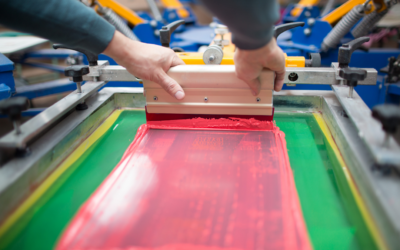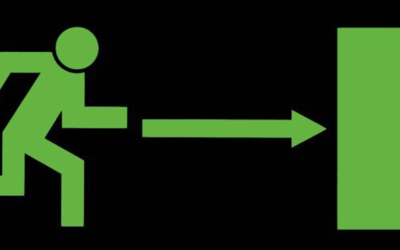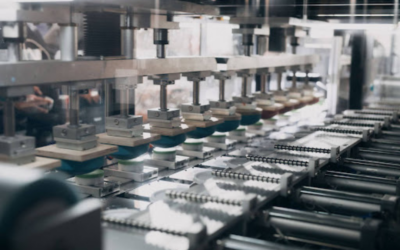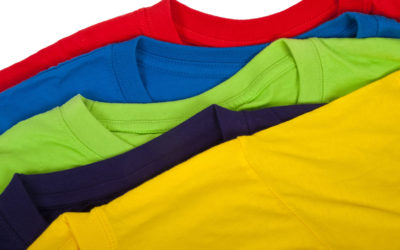As consumers walk through a store aisle looking at cosmetics and bath products, wine, spirits and beer, there’s a sea of options on the store shelves. When working with a client that wants to make sure their product stands out, what techniques make a strong first impression and inspire the selection of one brand over their competition?
Tim Tesmer, Vice President of Screen & Pad sales at Marabu Inks, suggests direct printing to make bottles stand out and get noticed. According to Tesmer, direct printing on product bottles, versus adhering a printed paper label, offers a variety of benefits:
- Dramatic 3D images. Most brands use labels on their bottles or cans, which Tesmer describes as “a design that’s not three-dimensional.” Direct printing gives bottles a more dramatic look which can differentiate a product from all the others. For example, imagine a series of wine bottles on a shelf. The bottle with a direct-printed label stands out from the rest captures a customer’s attention.
- Ability to push the margins. With label printing, there’s a specific size which a design must fit within. With direct printing, you’re not limited to the label size and can leverage more of the surface area, providing greater possibilities for a powerful and eye-catching print.
- Durability in various scenarios. With direct-print onto a glass or plastic bottle, the ink holds up better than a label when exposed to ice, water, sun, chemicals, sand, and heavy usage. This makes direct printing ideal for many products from beverages to suntan lotion. Direct printing is also an answer to durability when shipping the product from point A to point B.
- Safety for the smallest consumers. Direct printing with low-migration ink is used by companies like Nuk for baby bottles. This ink is extremely safe and won’t penetrate the plastic bottle. Additionally, brands like Nuk use a color-changing ink that indicates when the liquid inside the bottle exceeds a certain temperature that’s too hot for babies to drink. Using thermographic ink is an option brands don’t have when printing on labels.
- Unmatched eye-catching shine. Many brands use ink with high-gloss attributes in order to stand out, and some put a clear coat on top to make their design pop even more. UV/LED-curable ink is often used in the bottle industry to provide a high-gloss, high-quality image. It’s appropriate for both plastic and glass.
- Endless visual possibilities. Brands using direct printing on bottles can select from a wide range of colors and effects, including metallics, opaques, fluorescents, and transparent colors. Colors can be layered, such as transparent over metallic and, as discussed above, color-changing inks for enhanced functions and features.
- Low quantities or variable data are no problem. Companies need to print large quantities of labels for that traditional method to be cost-effective – tens of thousands or more. It’s simple and cost-effective to run lower quantities with direct to container digital printing. It’s fast and easy to change images because it’s all driven by the printers software, minimal setup.
With all the products competing for consumers’ attention, brands are looking for a way to stand out and get noticed. At the same time, brands need to consider (and overcome) a variety of challenges when printing on product bottles – such as durability, heavy handling, exposure to elements, shipping from point A to point B, etc. Direct printing techniques overcome these issues to ensure brands differentiate themselves by really standing out on crowded store shelves.
No matter your direct printing needs – screen, pad, or digital – Marabu has experts who will work with you to surpass the expectations of your customers. Contact us. You can receive more printing tips here.




